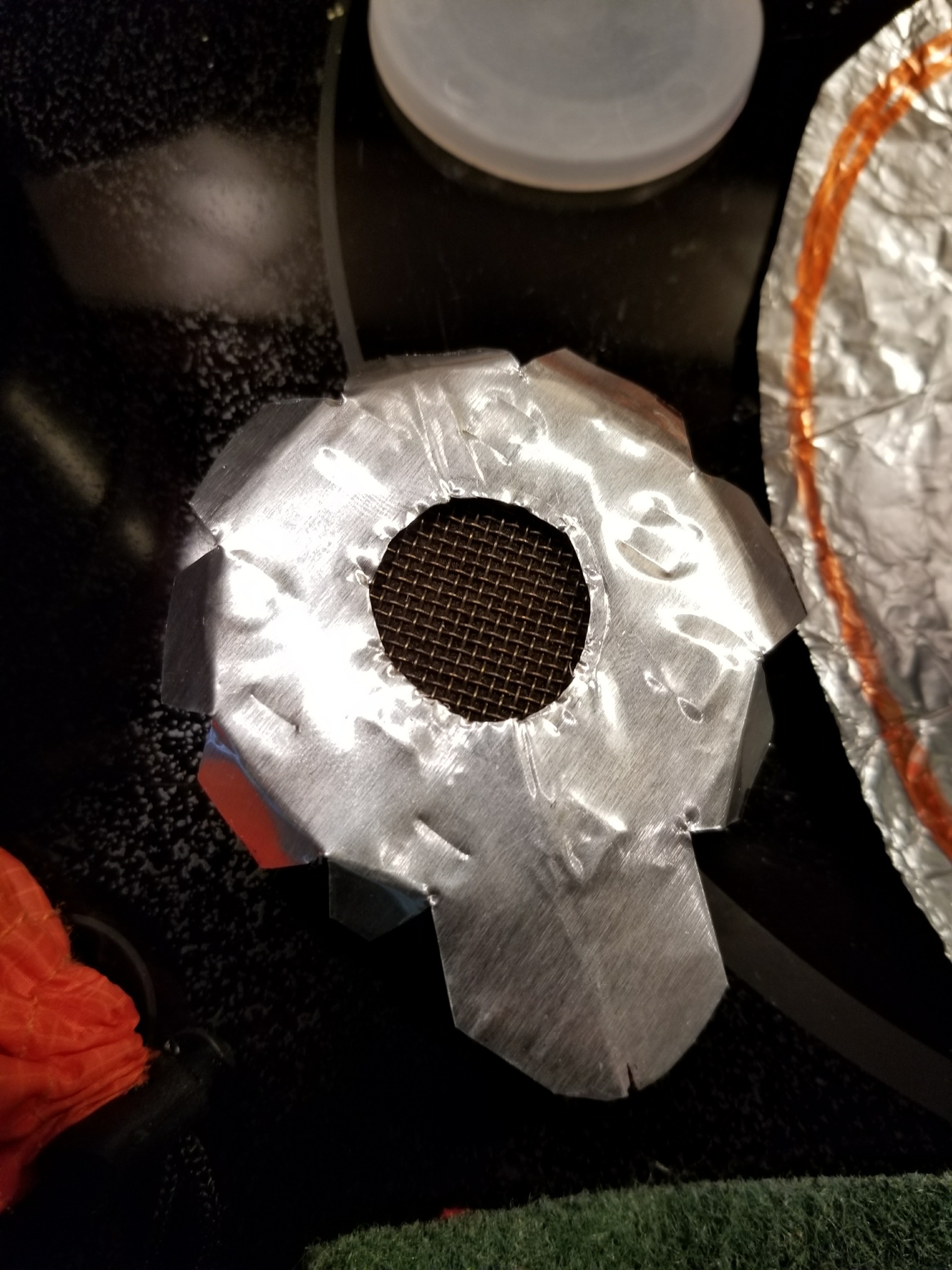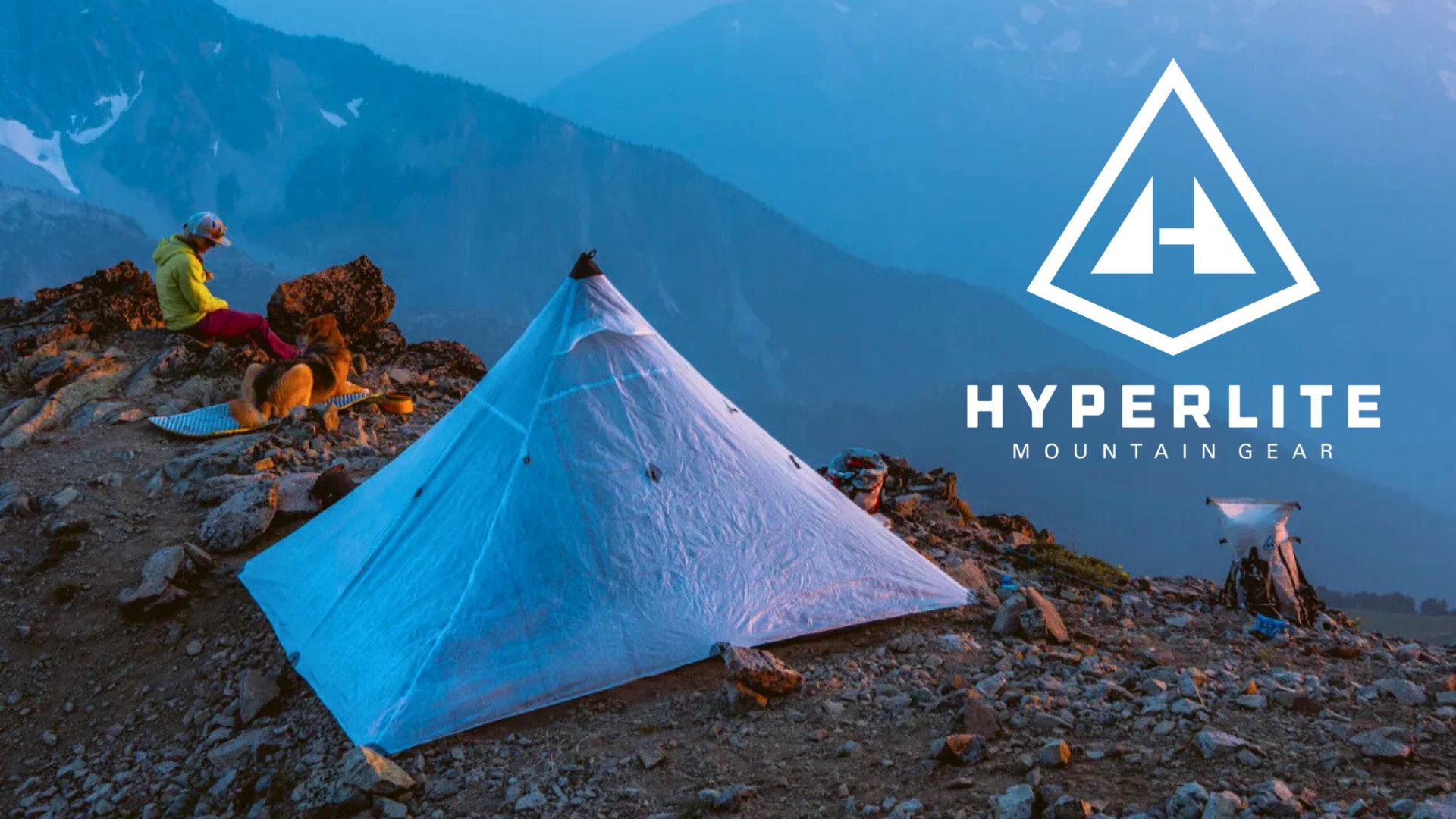Topic
kojin stove height and simmer ring
Forum Posting
A Membership is required to post in the forums. Login or become a member to post in the member forums!
Home › Forums › Gear Forums › Make Your Own Gear › kojin stove height and simmer ring
- This topic has 8 replies, 4 voices, and was last updated 4 years, 8 months ago by
 Jon Fong / Flat Cat Gear.
Jon Fong / Flat Cat Gear.
-
AuthorPosts
-
Apr 23, 2018 at 3:17 am #3531821
Anyone know the optimal height the pot should be set for a Kojin stove? Looked on TDs website and don’t see it anywhere.
Also, anyone tried doing a simmer ring on a Kojin yet? I tried it out on my 1.3L Evernew in a Flat Cat “Its-A-Snap” ti-windscreen and it worked GREAT. Boiled water in 6.5 min! Didn’t work so well in my Foster Can Ti-Cone setup though. Overheated pretty quick and only got 60F water to ~155F before burning out on 1/2oz fuel. I’m thinking if I do a simmer ring, I may be able to use it in that setup too.
Apr 23, 2018 at 3:56 pm #35318671″ to 1.5″ is the starlyte range. Kojin should be similar. True efficiency optimum distance will depend on setup.
Here is a simmer design made from a foil pie pan. Hole is 1.0″ and placed onto stove after initial boil to reduce heat to simmer. This design reduces fuel consumption to 3-4g of fuel burned per 10 minutes of simmer. But again, your optimum target may vary.
Apr 24, 2018 at 11:08 pm #3532098@ohdogg79, I found this information on a site that field tested the Kojin. What is your experience with adding fuel?
(quote)
The filler material doesn’t absorb fuel quickly as you pour it in. If you pour too fast some will run over the sides. Having a slight lip on the stove above the filler material would fix this. [Right now the filler material is flush with the top of the stove. (end quote)Apr 29, 2018 at 11:14 pm #3532844Sorry for the slow reply. My email is sending BPL notifications to junk mail so I didn’t see someone had replied.
I do agree with this assessment. The batting is flush w/ the lip of the metal canister and if you pour too quickly, it does go over the edges. But “too quickly” is pretty easy to not do. Just take ~5 sec to pour in the fuel vs dumping in 1-2 sec.
Apr 30, 2018 at 1:56 am #3532876One other thing occurred to me after commenting. Trail Designs may have wanted the lip to be above the batting to reduce the need for a slow pour, but found that any lip caused overheating of the stove. It would work the same way a “Penny Stove” does, where the flames contact the lip to add thermal feedback to the stove keeping it at an appropriate temp. I could definitely see an “exposed lip” above the batting on this stove increasing the thermal feedback, causing overheating. But I’m def just an amateur stove builder compared to you, Jon Fong and the TD folks so i could be way off :)
May 30, 2020 at 4:25 pm #3650147Why the kojin stove have the batting at the same level of the rim, making it a little unpractical to fill it without spilling?
I’ve seen this old thread and I think it would still be interesting to give a “postume” answer to the question, as it is very different from what said above.
I’ve done a lot of tests with kojin-style DIY stoves:
This is the flame of a stove with batting below the rim:
This is the flame when batting is at the SAME LEVEL of the rim:
And this is the flame when the batting is ABOVE the rim (with obvious problems when you want to screw the stove lid):
So the answer is that the height of the batting affects A LOT the stove performances!
But perhaps TD could have speeded up alcohol absorption making two cross-cuts at the center of the batting (just an idea)
May 31, 2020 at 4:12 pm #3650285Ha! Very interesting @paiolo. Cool to see real life testing. I imagine one of the real stove designers could explain these results better than I. I’d expect it had to do w/ oxygen availability at the ignition location and surface area that the DA can evaporate from. Cool stuff!
Jun 1, 2020 at 12:27 am #3650347There is a rather subtle effect here, especially with the 1st version (below the rim).
When the felt is below the rim the incoming air has to go over the top edge of the pot, and this cools it down both directly and also indirectly. The incoming air hits the top of the felt and cools it, limiting the boiling. The indirect bit is because the flame cannot reach the rim to heat it up and speed up the boil.Yeah, you can get all techie even with a humble alky!
But it does affect the boil time.Cheers
Jun 1, 2020 at 2:57 pm #3650434That hasn’t been my experience. In case one, the flame is at the lip as that is where the alcohol vapor is. The flame in contact withthe lip causes the heat to flow down the sides causing teh alcohol to vaporise. Yes, there are flames over the top of the wick materials as well, but conduction down the sides tend to drive the vaporization rate. In general, this is a nice place to be as the wick material does not come in close proximity to the flame: that is one of the issues with carbon felt: prlong exposure to high heat degrades teh material.
In sample three, the wick is well above the metal lip and vaporization is accelerated due to the increase in surface area with the flame front. More heat can reach the the alcohol increasing the vaporization rate. My 2 cents.
-
AuthorPosts
- You must be logged in to reply to this topic.
Forum Posting
A Membership is required to post in the forums. Login or become a member to post in the member forums!
LAST CALL (Sale Ends Feb 24) - Hyperlite Mountain Gear's Biggest Sale of the Year.
All DCF shelters, packs, premium quilts, and accessories are on sale.
Our Community Posts are Moderated
Backpacking Light community posts are moderated and here to foster helpful and positive discussions about lightweight backpacking. Please be mindful of our values and boundaries and review our Community Guidelines prior to posting.
Get the Newsletter
Gear Research & Discovery Tools
- Browse our curated Gear Shop
- See the latest Gear Deals and Sales
- Our Recommendations
- Search for Gear on Sale with the Gear Finder
- Used Gear Swap
- Member Gear Reviews and BPL Gear Review Articles
- Browse by Gear Type or Brand.




